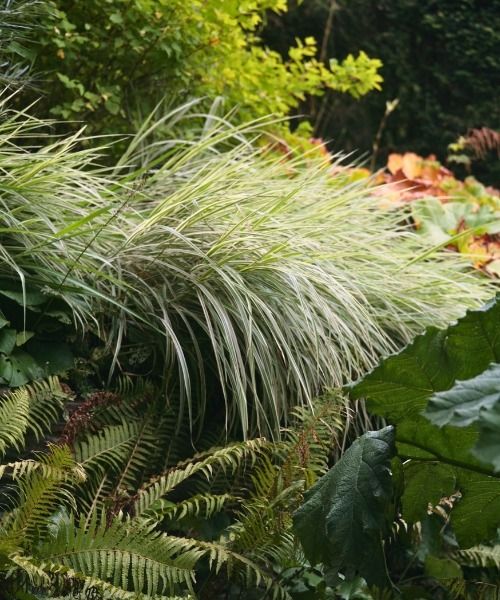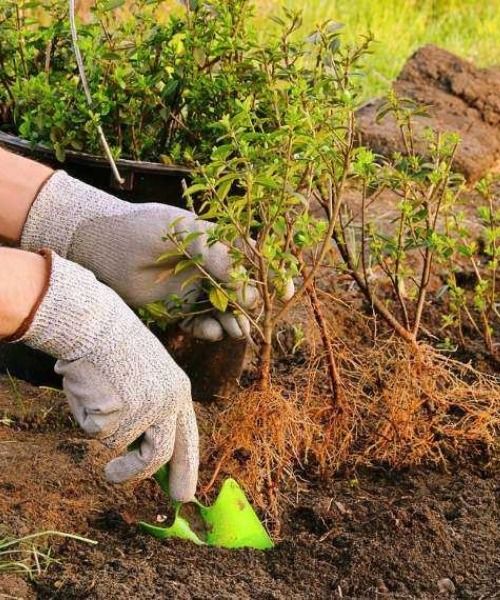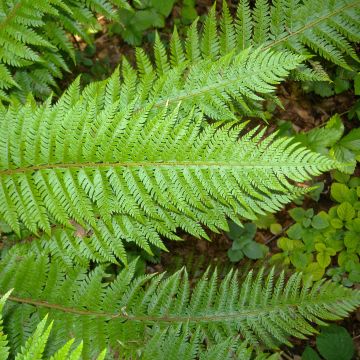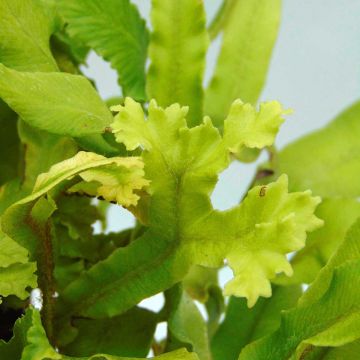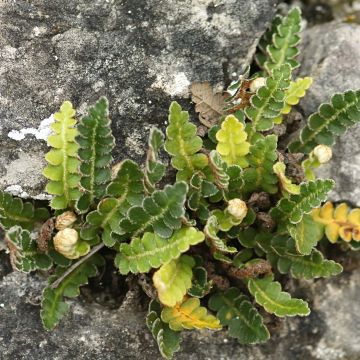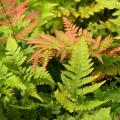Ferns for dry soil
Does this plant fit my garden? Set up your Plantfit profile →
Available in 1 sizes
Available in 2 sizes
Available in 2 sizes
Available in 2 sizes
Available in 1 sizes
Available in 2 sizes
Available in 2 sizes
Available in 1 sizes

Available in 1 sizes
Available in 2 sizes
Available in 2 sizes
Available in 2 sizes
Available in 1 sizes
Available in 1 sizes
Available in 1 sizes
Available in 2 sizes
Available in 1 sizes
Available in 1 sizes
Available in 1 sizes
If ferns are often synonymous with cool and moist environments and soils, there are some that thrive very well in dry soils, in shade or even in the sun. They are often evergreen, like Asplenium (ceterach, trichomanes) or Cheilanthes lanosa, the champion of this category of ferns, capable of curling its pinnae to escape drought. However, many ferns, like the Dryopteris filix-mas, our native male fern, naturally experience soil drying in summer in the understory, at least due to competition from the roots of tall trees. They survive very well there because of their ability to capture even low humidity from the air, which is always present in the understory. Ferns come from environments as diverse as our gardens can be. This diversity allows everyone to find those that will thrive in dry soil, shaded beds, rock gardens, or even dry stone walls. Discover our selection of the best fern species and varieties for dry soils.
Haven't found what you were looking for?






























